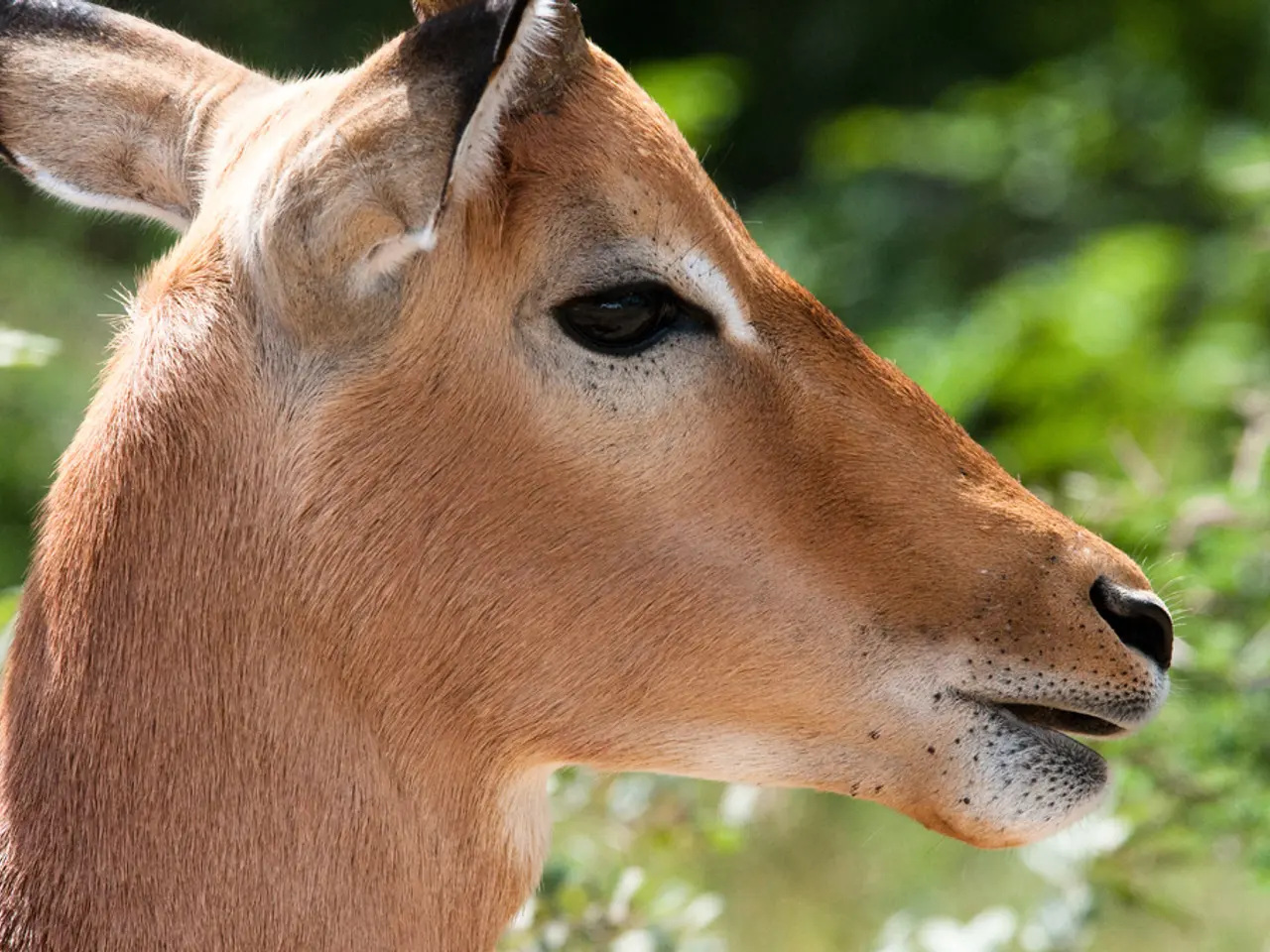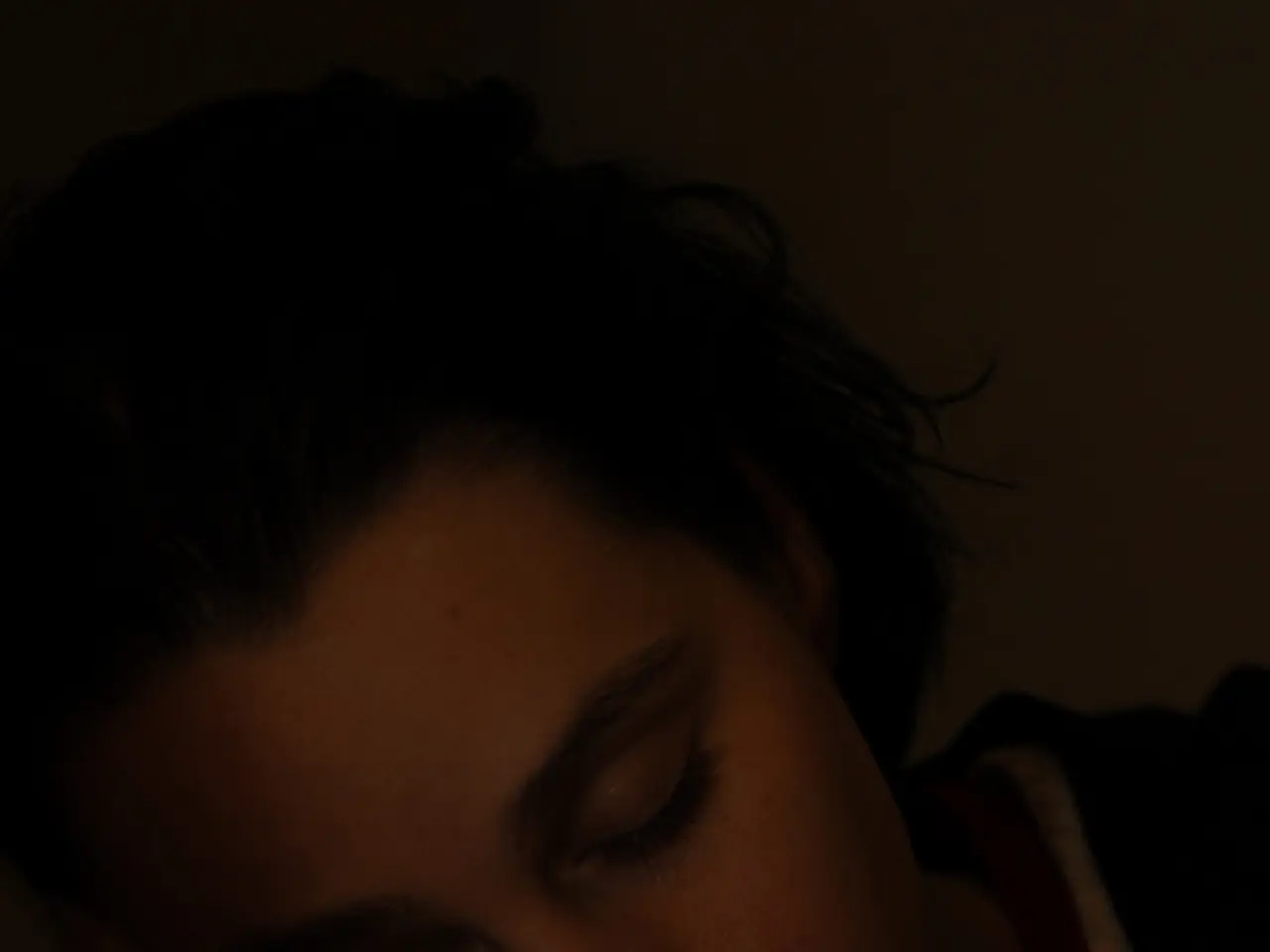Virus Identified as Powassan: Symptoms, Locations, and Medical Approaches
The Powassan virus (POWV) is a tickborne flavivirus that poses a significant health risk, particularly in North America. Spread exclusively through the bite of infected ticks, primarily the black-legged tick known as Ixodes scapularis and also Ixodes cookei and other Ixodes species, this virus can cause a range of symptoms, from none to severe neurological disease.
Symptoms of Powassan virus infection can vary greatly. While many people may not show any symptoms, those who do can experience fever, headache, vomiting, seizures, encephalitis (brain inflammation), paralysis, coma, and potentially death. Encephalitis and other neuroinvasive disease complications often require close monitoring due to risks of elevated intracranial pressure and seizures.
Prevention methods focus on avoiding tick bites, as there is currently no vaccine available for Powassan virus. Key prevention strategies include:
- Avoiding wooded and bushy areas with high grass, especially in endemic regions
- Using tick repellents on skin and clothing
- Wearing long sleeves and pants when in tick-prone areas
- Regularly checking for and promptly removing ticks to prevent attachment
- Avoiding blood donation for at least 4 months after infection, as the virus can rarely transmit through transfusion
High-risk regions for Powassan virus are primarily in North America, especially areas where Ixodes scapularis ticks are endemic. This includes parts of the northeastern and north-central United States and into Canada. For example, Pennsylvania is noted as a region where the virus has been emerging more frequently.
Ticks can be tiny, ranging from the size of a poppy seed to a sesame seed, so it is important to be thorough when checking for ticks. If a tick is found, it should be removed promptly and the site of the bite should be washed with soap and water. The tweezers and any other equipment that has come into contact with the tick should be cleaned, and the gloves should be disposed of. Hands should be washed thoroughly with soap and water after removal.
In severe cases, half of those who recover from Powassan virus disease will experience chronic health issues, such as loss of muscle strength and mass, memory problems, and recurring headaches. There is no specific antiviral treatment for the virus, so clinical care is supportive and focused on managing symptoms and complications.
The increasing tick season and geographic spread of infected ticks have raised concern about rising Powassan virus cases. It is important for individuals to be aware of the risks and take preventative measures to protect themselves from tick bites. If symptoms do occur, prompt medical attention is crucial.
[1] Centers for Disease Control and Prevention. (2021). Powassan virus. Retrieved from https://www.cdc.gov/powassan/index.html [2] Pennsylvania Department of Health. (2021). Powassan virus. Retrieved from https://www.health.pa.gov/topics/disease/Pages/Powassan-Virus.aspx [3] Minnesota Department of Health. (2021). Powassan virus. Retrieved from https://www.health.state.mn.us/diseases/communicable/powassan/index.html [4] World Health Organization. (2021). Powassan virus. Retrieved from https://www.who.int/news-room/q-a-detail/powassan-virus
In the context of health and wellness, medical-conditions, and fitness-and-exercise, understanding Powassan virus, a tickborne disease, is crucial for people living in high-risk regions like the northeastern and north-central United States and Canada, as it can cause various symptoms ranging from mild to severe, and in severe cases, it may result in chronic health issues such as loss of muscle strength and mass, memory problems, and recurring headaches. Prevention methods primarily involve avoiding tick-prone areas, using tick repellents, wearing protective clothing, and regularly checking for and removing ticks promptly.




